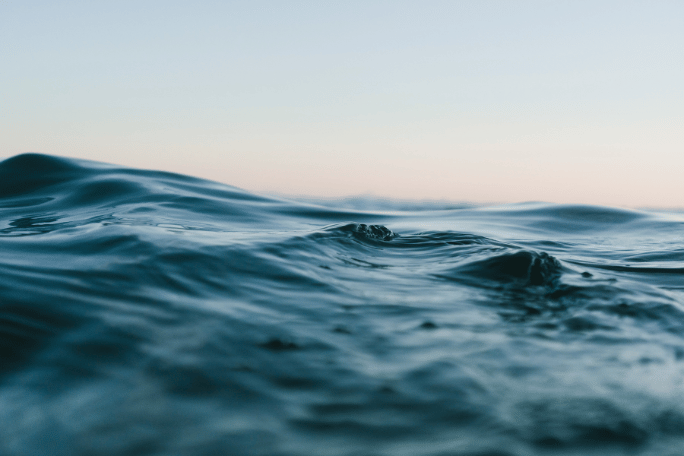Lesson Summary
In this activity, children are asked to investigate our oceans. Younger children are asked to look at animals that live in the sea, and what features these animals have that help them live in the water and how these differ to animals that live on the land. They are asked to ‘build’ an ocean using a tub of water and other sea-related materials. Older children are asked to investigate what it means for an ocean to be healthy by looking at waste items commonly found in our oceans, and by building a healthy ocean using a tub of water and other sea-related materials.
Lesson guides and printables
Lesson details
Curriculum Mapping
EYLF Learning Outcomes:
Learning Outcome 2: Children are connected with and contribute to their world
2.3 Children become aware of fairness
Learning Outcome 4: Children are confident and involved learners
4.1 Children develop dispositions for learning such as curiosity, cooperation, confidence, creativity, commitment, enthusiasm, persistence, imagination and reflexivity
4.2 Children develop a range of skills and processes such as problem solving, inquiry, experimentation, hypothesising, researching and investigating
4.3 Children transfer and adapt what they have learned from one context to another
4.4 Children resource their own learning through connecting with people, place, technologies and natural and processed materials
Resources Required
- Sea diorama worksheet.
Ages – 0 to 2
- A range of toy sea animals suitable for getting wet. Your selection should include sea animals such as fish, shark, starfish, seahorse etc and should have at least one for each child.
- A range of sea related materials, such as sand, shells, seaweed and pebbles/rocks.
- A half full bucket or tub of water.
Ages – 2 to 3
- A range of toy animals suitable for getting wet. Your selection should include sea animals such as fish, shark, starfish, seahorse etc and land animals such as horse, lion, elephant and bird.
- A range of sea related materials, such as sand, shells, seaweed and pebbles/rocks.
- A half full bucket or tub of water.
Ages – 3 to 5
- A range of toy animals suitable for getting wet. Your selection should include sea animals such as fish, shark, starfish, seahorse etc and land animals such as horse, lion, elephant and bird.
- A range of sea related materials, such as sand, shells, seaweed and pebbles/rocks.
- A range of waste materials, such as plastic bag, chip packet, plastic bottle, tin can (all items should be clean and sharp edges covered in masking tape).
- A half full bucket or tub of water.
Supporting resources:
Additional Info
Cool Australia Presents Biodiversity from Cool Australia on Vimeo.
This is an original Cool.org lesson. Facts and figures in these lessons may have changed since this lesson was published. We always endeavour to update our resources in a timely manner, but if you see an error or issue in our resources please get in touch with us.


Welcome back!
Don't have an account yet?
Log in with:
By signing up to Cool.org you consent and agree to Cool's privacy policy to
store, manage and process your personal information. To read more, please see
our privacy policy here(Opens in new tab).
Create your free Cool.org account.
Many of our resources are free, with an option to upgrade to Cool+ for premium content.
Already have an account?
Sign up with:
By signing up to Cool.org you consent and agree to Cool's privacy policy to
store, manage and process your personal information. To read more, please see
our privacy policy here(Opens in new tab).